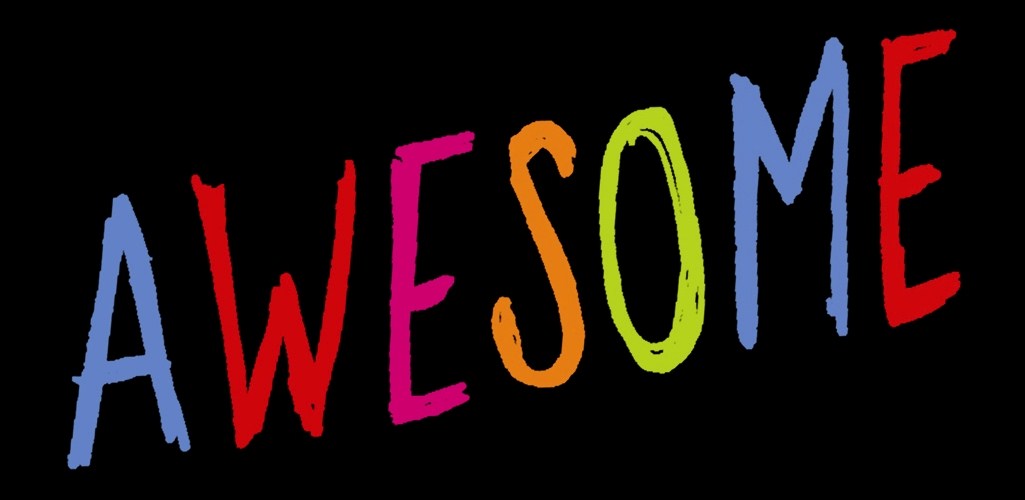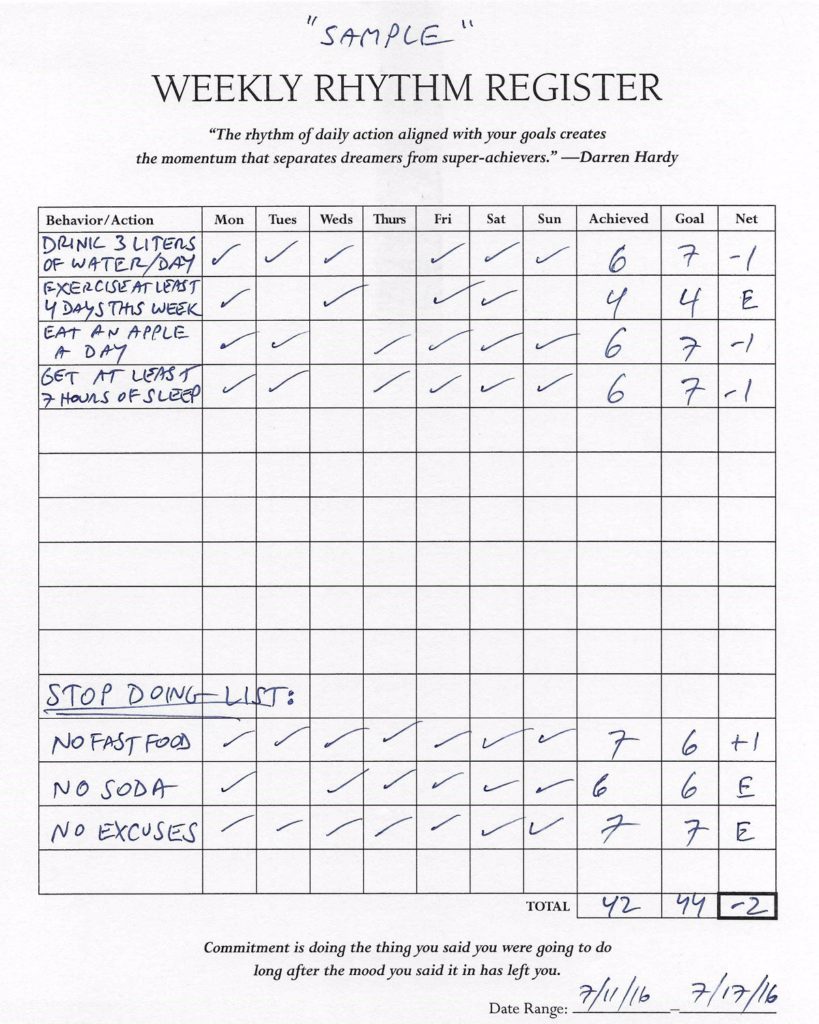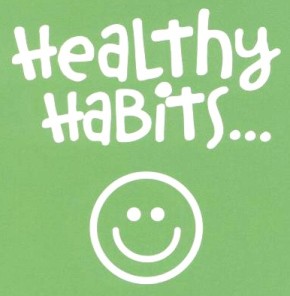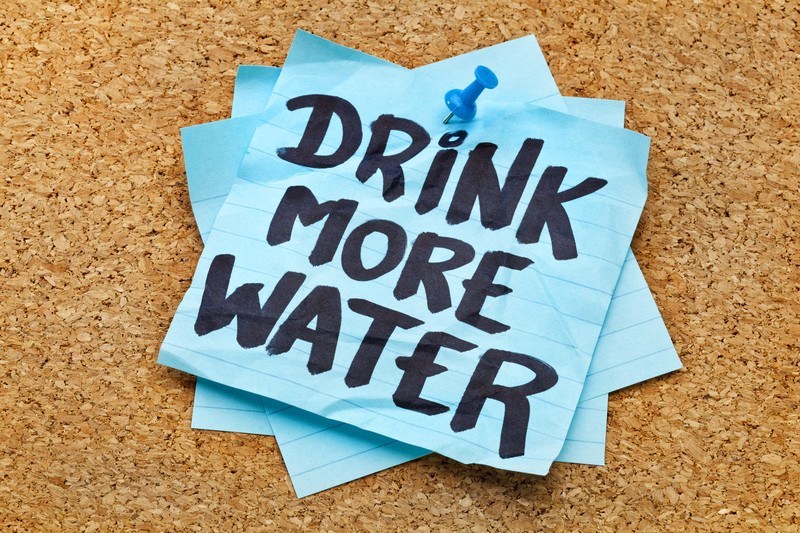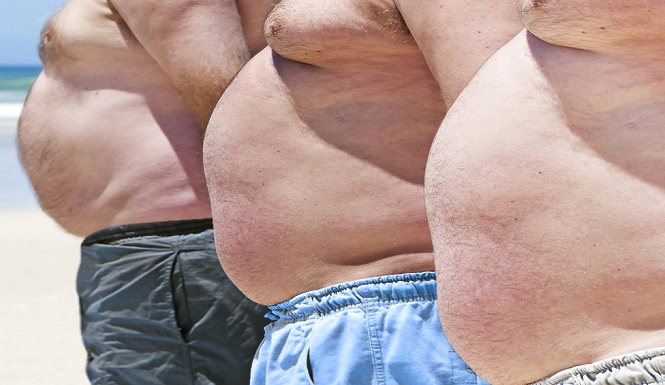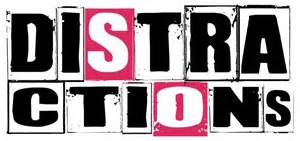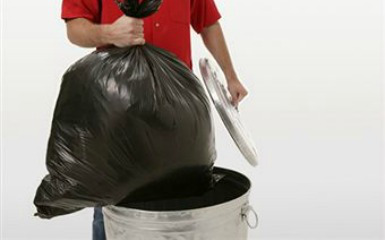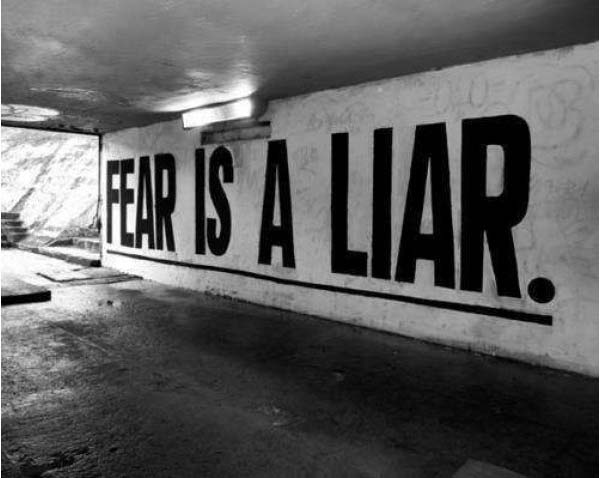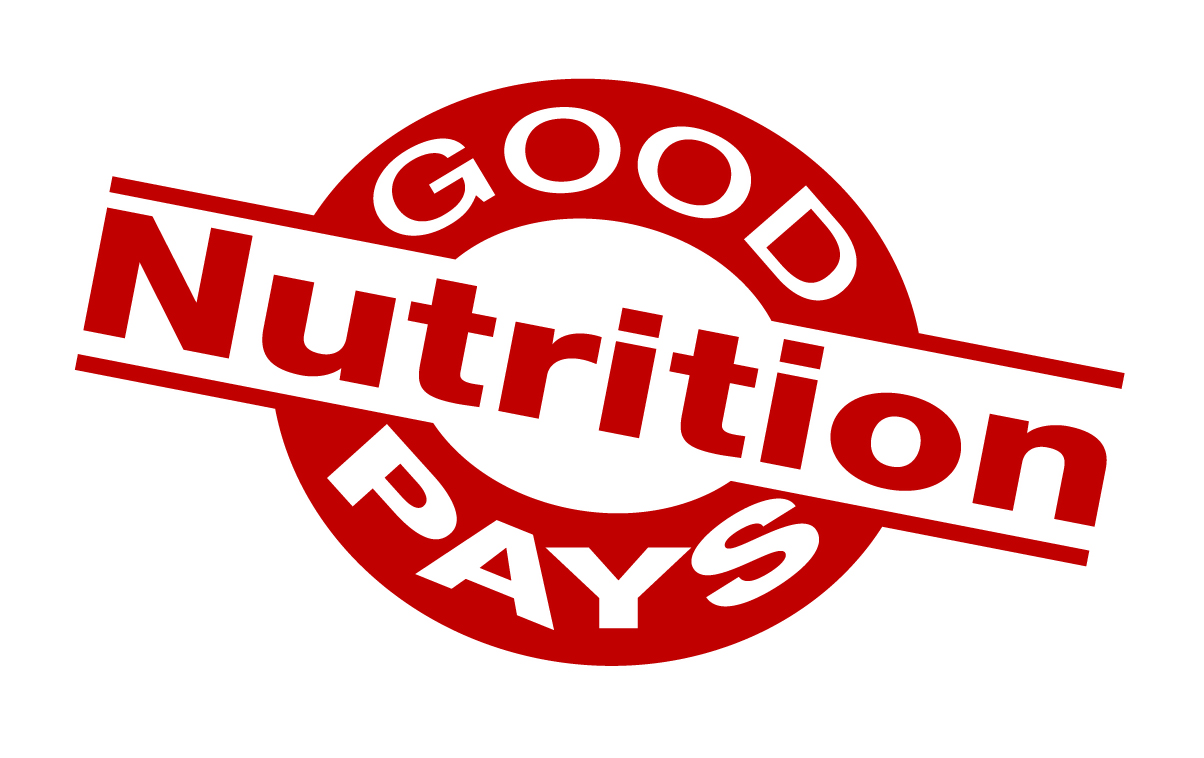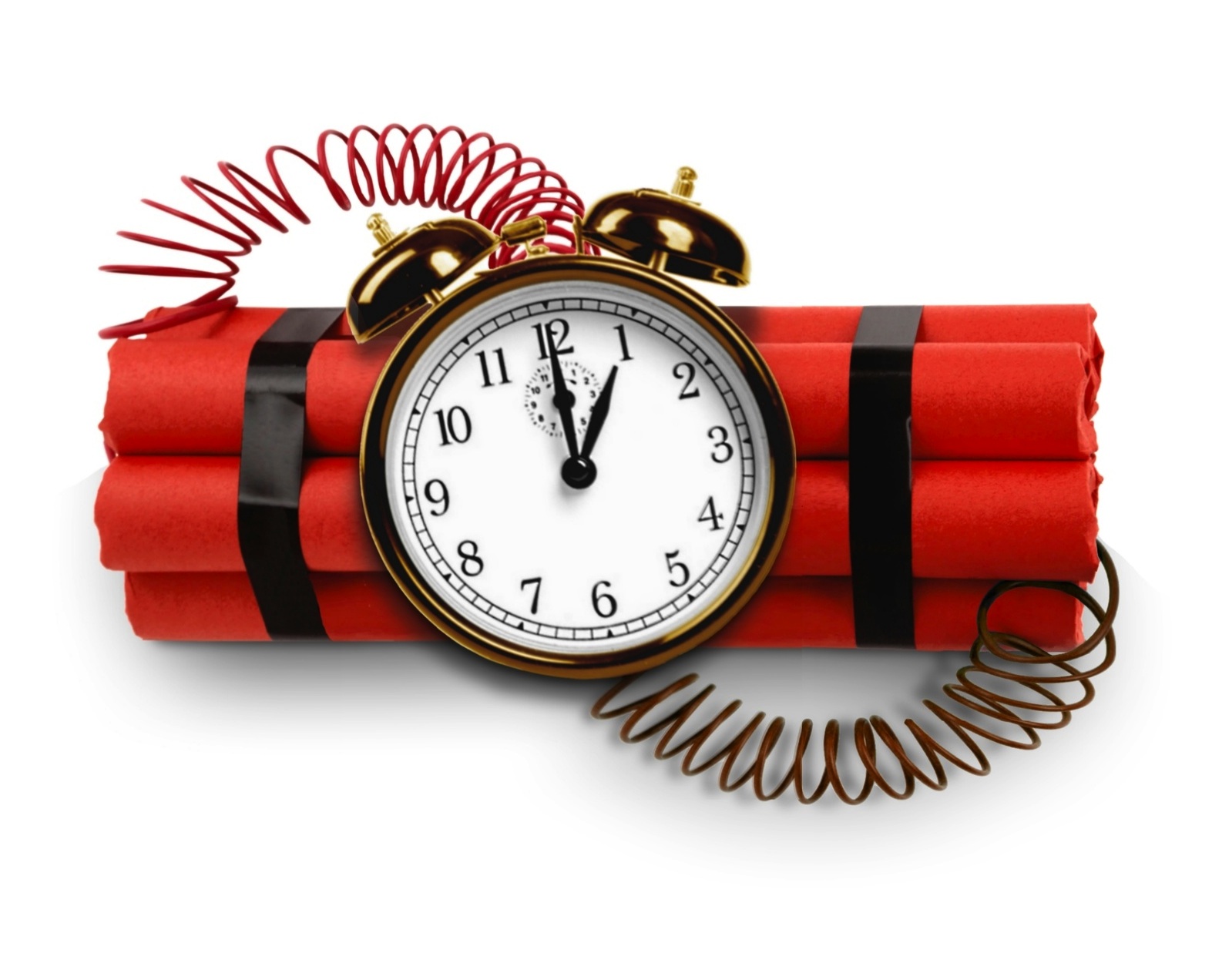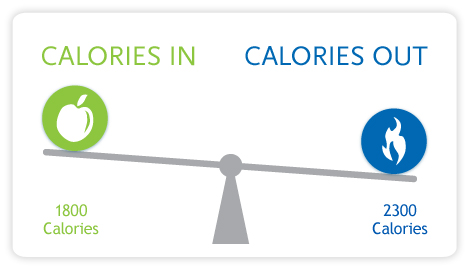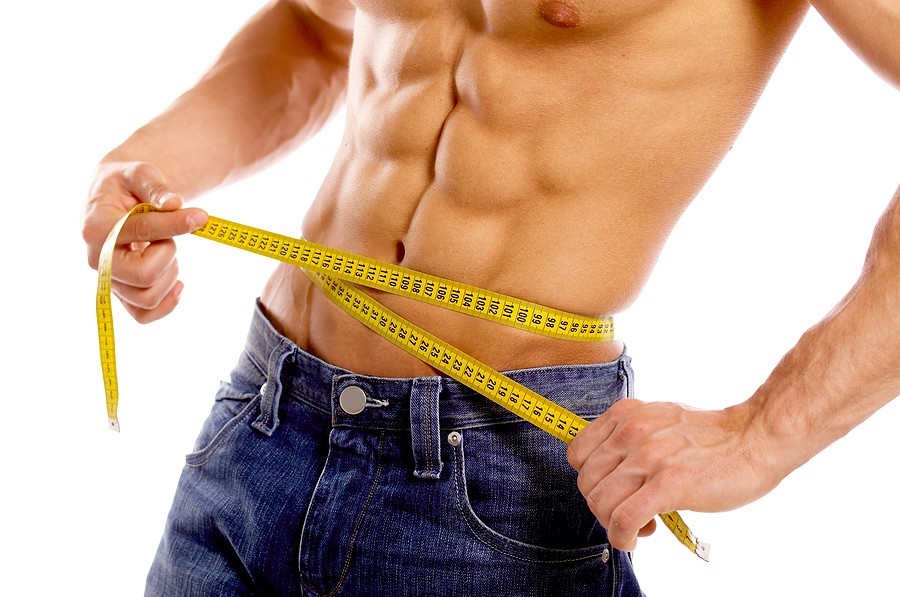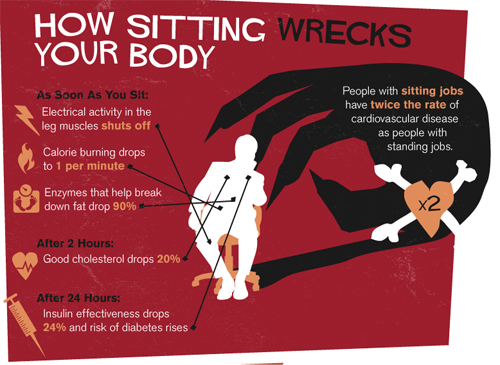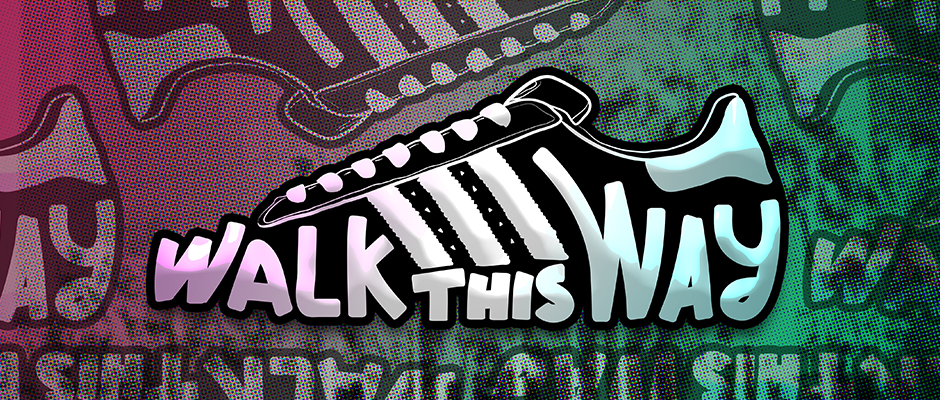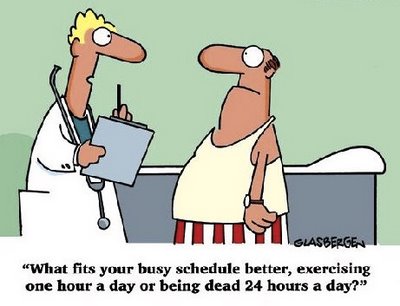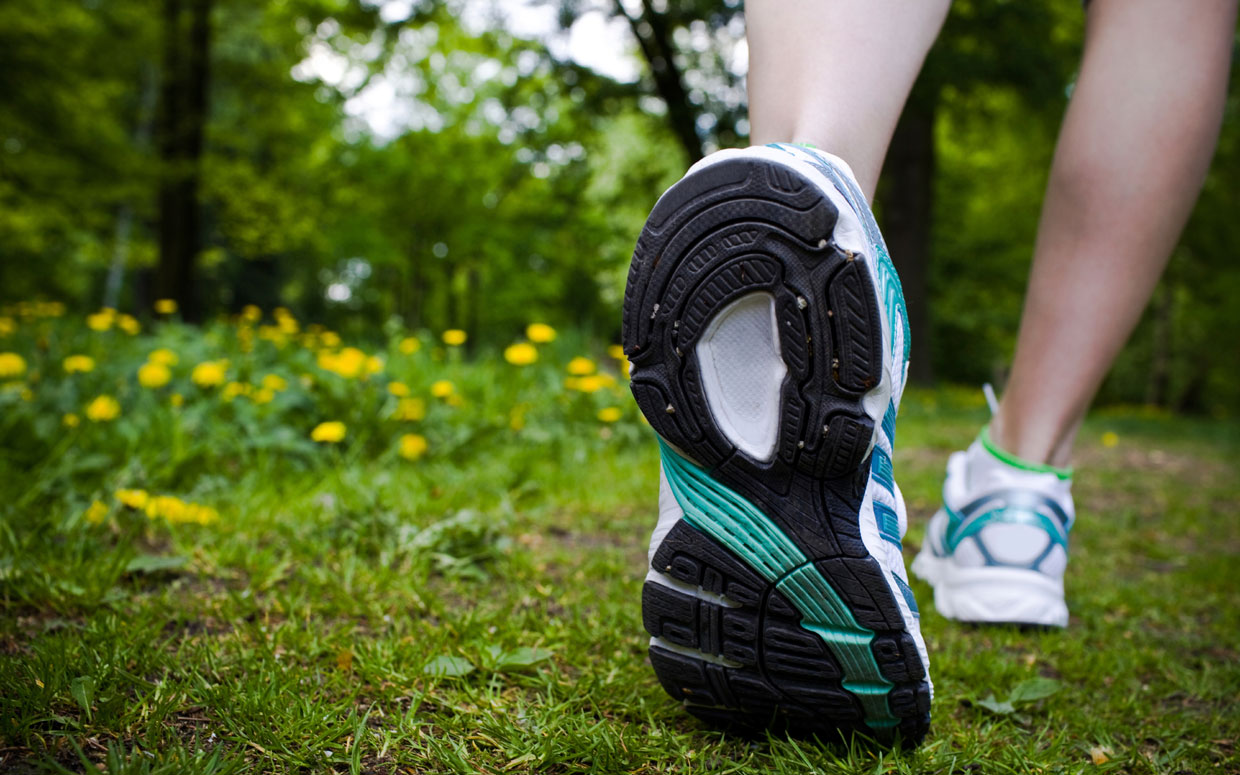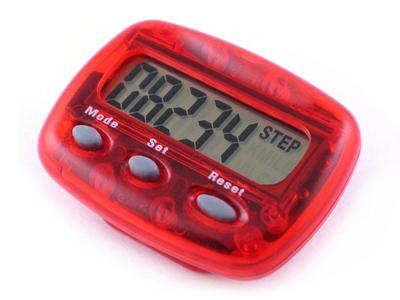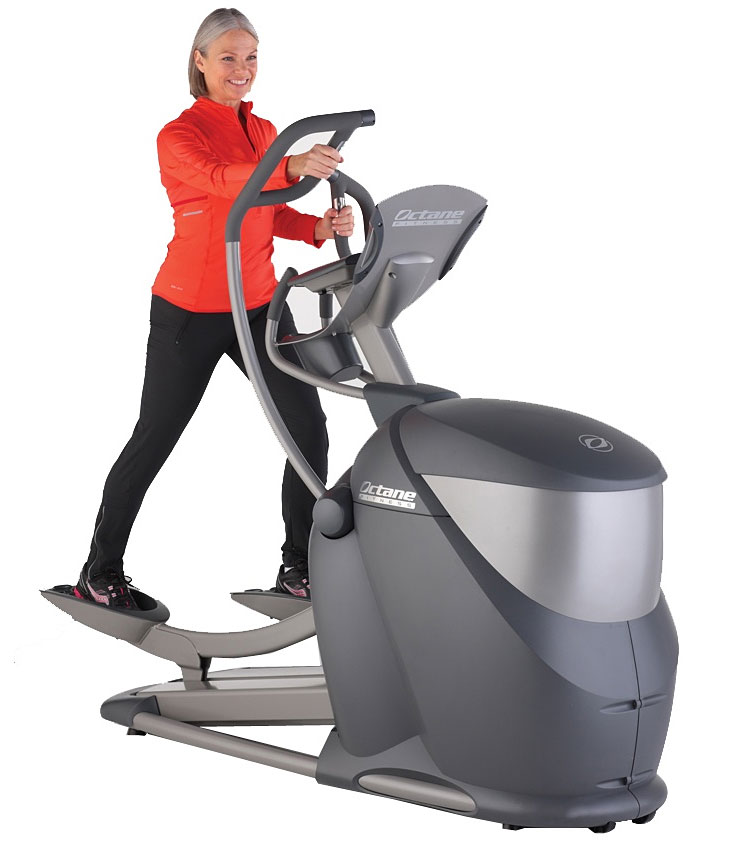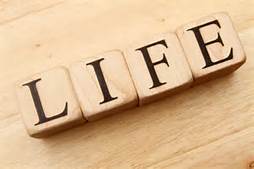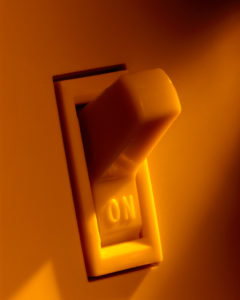Did you complete your homework assignment from last week?
I hope so…
If you did, you should have some data from your “tracking” initiative.
I want to make sure that you understand how tracking works, and the value it can add to your life when you are trying to improve or change something.
This week, I’d like to take it one step further by expanding on something we revealed last week.
We discussed the importance of starting with a conscious awareness when we want to make a change. From there, we map out the positive choices we intend to start making. And finally we need to take action by making these new choices consistently.
So how can we ensure that we are remaining consistent with our new choices?
Thank you for asking…
I will refer to another valuable resource from Darren Hardy’s NY Times best-selling book “The Compound Effect”. He calls it the Weekly Rhythm Register. And you can download it here for free.
This is a powerful tool.
Not only does it help to keep you consciously focused on the new behaviors you want to reinforce, it helps you track them too.
Remember, this is a process that takes time. We’re trying to create a new healthy lifestyle, one habit at a time.
So only start with a few new things. Then you can add to your “rhythms” as your new habits begin to build.
Otherwise, you run the risk of making it too hard or overwhelming. And guess what that does? Right! It takes the fun out of it. And makes it a chore. Instead of being something you look forward to.
And before long, you’ll just drop it altogether. Don’t let this happen.
Check out the sample Weekly Rhythm Register below:
This will keep you on target with your new habit building initiative.
So let’s look towards the future and think about some new habits you can track as it relates to The 6 Pillars To Better Health & Vitality. Your list may eventually include some of the following:
- Water
- Drink 3 to 4 liters of water
- No soda or sweetened drinks
- Exercise
- Strength train (2 to 3 days)
- Cardio training (2 to 3 days)
- Sleep
- Get at least 7 hours of sleep
- Unplug 1 hour before bed
- Meditate at least 4 days
- Eat Clean
- Eat 2 to 3 servings of fresh fruit
- Eat 2 to 3 servings of steamed veggies
- Eat an apple a day
- 50 / 30 / 20 macros for at least 2 meals
- Walk
- Walk 10K a day
- Start the day with a 30-minute walk
- Calories
- Eat to 80% full
- Burn at least 500 calories 5 times per week
Special Note: Base your exercise and walking routine on your fitness level. And always consult with your doctor before beginning a new exercise or nutrition plan.
Action items for this week:
- Print the weekly rhythm register.
- Add a few key behaviors and track them.
- Leave a comment to let me know how you’re doing.
Thank you for sharing your time with me.
I hope you found value in this post.
Now it’s time for YOU to take action…
I’d love for you to let me know what you think by leaving a comment. Is the content valuable and helpful? Did anything resonate? What else would you like to see in future posts? I welcome your feedback.
What’s your Win to be Thin?
If you know someone that can benefit from this content, share it with them. And if you like what you see, SUBSCRIBE for automatic updates when new posts are published.
You can also LIKE US on Facebook, and spread the word about www.thin2win.net with your friends, family and social circles.
#rhythm

